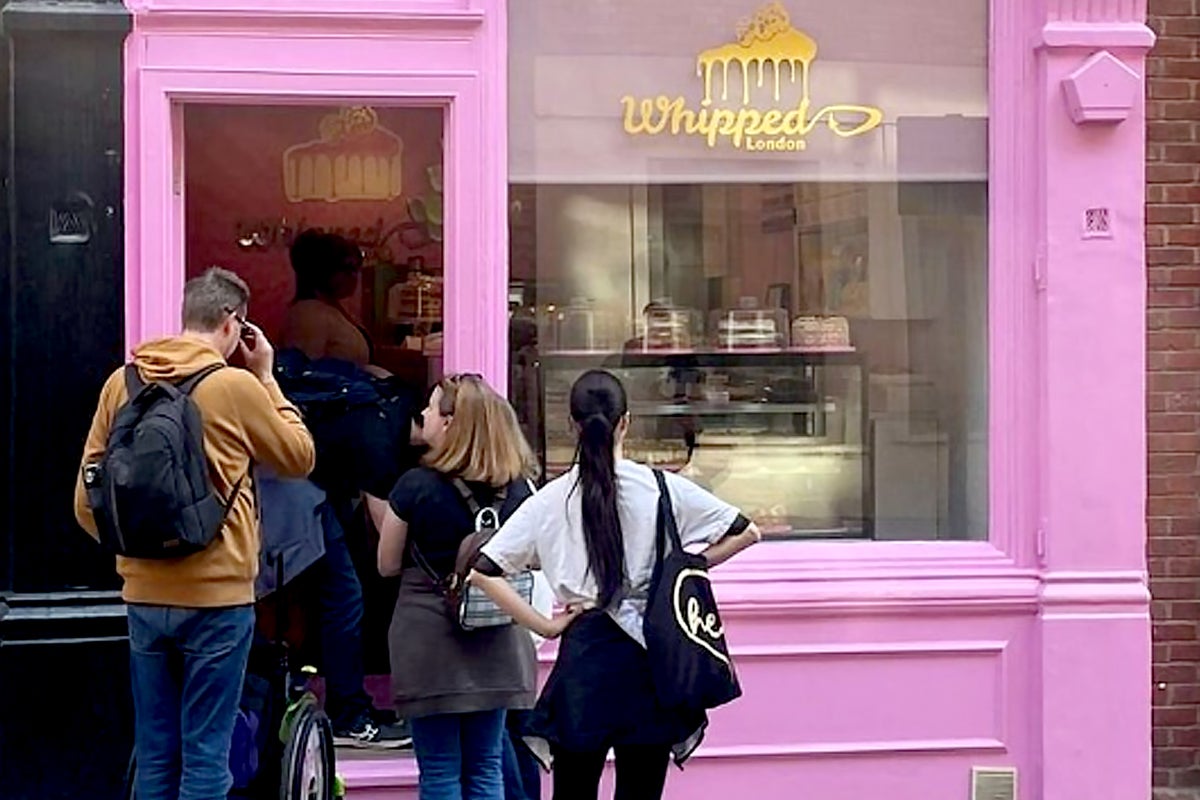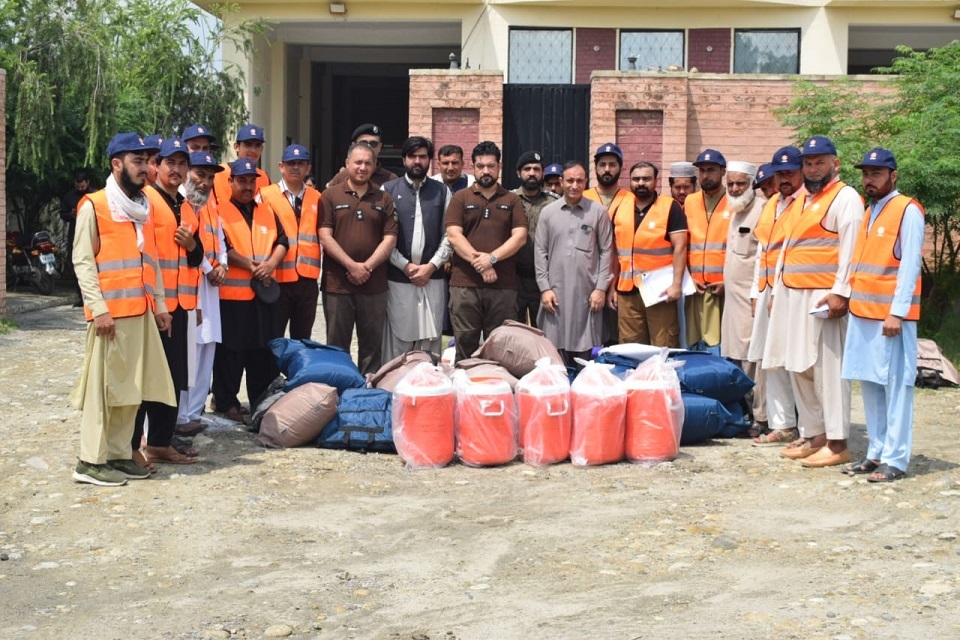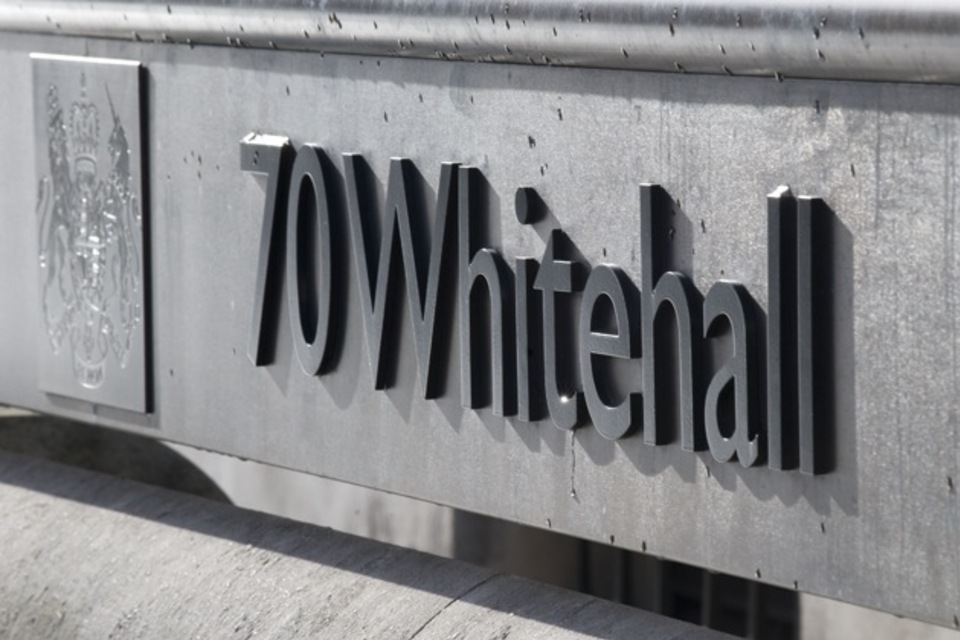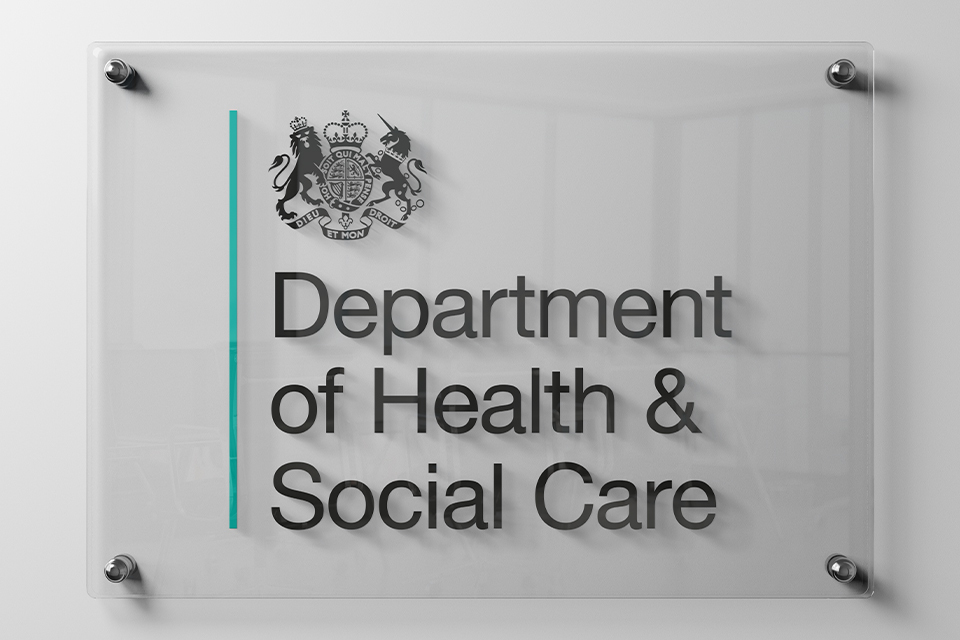Last updated 18 June 2025
Before you can move goods under the Northern Ireland Retail Movement Scheme (NIRMS), you need to
Labelling rules
All goods moved under the scheme must
Complete a general certificate
You need a ‘general certificate’ for each consignment of goods moving under NIRMS.
After you have registered for NIRMS, you can complete the general certificate through EHC online. A general certificate has a unique number.
To apply for a general certificate, you need to provide the
- name and address of the consignor and consignee
- information about the responsible operator
- place of dispatch and destination
- means of transport
- point of entry
- seal numbers
Complete an additional document for NIRMS goods
You must complete an additional document for NIRMS goods. This is often a form of packing list and must include
- a description of the retail goods
- the nature of the products
- the type of treatment that has been applied to the product, for example if it is raw or has been processed
- the Retail Movement Scheme number of the place they are being dispatched from in Great Britain
- the number of packages
- the net weight
- the country of origin, for some products
- a declaration that any goods from the rest of the world in the consignment covered by this document have passed checks or been through an EU border control post, where necessary
You can also add the commodity code to the packing list, but you do not have to.
You need to provide one additional document (packing list) for each general certificate, which covers all of the NIRMS products. The packing list cannot cover 2 general certificates.
In the future, APHA will introduce a digital update to NIRMS that will embed the general certificate reference into your additional document (packing list). This guidance will be updated when this change is made. You can sign up for updates to this page.
Non-NIRMS goods and the packing list
Non-NIRMS goods are goods that are not moving under NIRMS. For example, goods that are moving under
If you are moving NIRMS and non-NIRMS goods together, you do not need to complete a full packing list for the non-NIRMS goods. You only need to add a short product description for non-NIRMS goods and mark them as ‘non-NIRMS’.
You can complete a packing list for non-NIRMS products if you want to. You must clearly separate non-NIRMS goods on the packing list. For example, by creating a separate
- tab on the spreadsheet
- table on the document
- column that states if the goods are NIRMS or non-NIRMs
You must follow the relevant rules that non-NIRMS goods are moving under.
What to include in the NIRMS packing list
Add the following information about the product to the packing list. You do not need to include information about the packaging.
Description of the retail goods
You must add a clear description of the retail goods. The description needs to match the product name that appears on the product packaging, where possible.
You must make the description clear enough that an inspector can look at the packing list to identify the product and the product category.
For example, ‘own-brand chicken nuggets (12 pack)’ or ‘loose gala apples’.
Nature of product
You must describe how the product is stored. For example, ambient, chilled or frozen.
Food contact materials
Check if your product is a food contact material.
If your product is a food contact material, you must add ‘FCM’ for the nature of product.
If your packaging is made of food contact material, you do not need to add ‘FCM’. You must add the nature of the product itself.
Type of treatment
You must add ‘processed’ if any action has been taken that substantially changes the original product. If no treatment has been applied to the goods, you must add ‘raw’ or ‘unprocessed’.
Establishment of dispatch in Great Britain
Add the Retail Movement Scheme number of the establishment in Great Britain that the goods are being dispatched from. For example, RMS-GB-000000-999.
You must only add one Retail Movement Scheme number.
Number of packages
Add how many packages of each product there are, in numbers. A package could be a box, crate or pallet.
Net weight
In the header of the net weight column, indicate that the weight is in kilograms by using ‘kg’.
Then, give the total net weight for each product on the packing list in kilograms. For example, if you are moving 6 boxes of biscuits, you need to add the net weight of all 6 boxes together.
Country of origin
You must add the country of origin to the packing list in the form of an International Organization for Standardisation (ISO) code, including for products that are food contact materials. Use the two-digit ISO code.
You do not need to add the country of origin for
- products that do not move under sanitary and phytosanitary (SPS) rules and are listed under in the products that do not need country of origin section
- non-NIRMS products
If there is no country of origin, add ‘X’.
The requirements for the rules of origin are different for customs purposes.
Products that do not need country of origin
You do not need to add the country of origin for shelf stable composite products such as
- bread, cakes, biscuits, waffles and wafers, rusks, toasted bread and similar toasted products, chips and crisps
- confectionery including sweets, white chocolate not containing cocoa, chocolate and other food preparations, spreads, and preparations for making drinks containing cocoa
- extracts, essences and concentrates of coffee, tea or maté and preparations with a basis of any of these products
- food supplements that are packaged for the final consumer and are produced from a mix of plant and processed animal products, or are wholly made of plant products
- liqueurs and cordials
- olives stuffed with fish
- pasta, noodles and couscous (excluding those mixed or filled with meat products, for example, meat-filled pasta)
- prepared foods made by swelling or roasting cereals or cereal products
- prepared foods made from unroasted cereal flakes or from mixtures of unroasted cereal flakes and roasted cereal flakes
- roasted chicory and other roasted coffee substitutes, including extracts, essences and concentrates of these products
- soup stocks and flavourings packaged for the final consumer
You do not need to add the country of origin for
- beer and cider
- cereals
- dried herbs and spices
- flavourings
- flour
- frozen chips
- frozen peas
- jam
- jars of pasta sauce
- maple syrup and other syrups
- natural sugar
- nuts and seeds
- olive oil
- peanut butter
- plant-based milks such as oat, almond and soy milk
- popcorn, crackers and crisps
- processed or canned fruit and vegetables (including fruit juices)
- rice
- soft drinks
- spring water, mineral water and other bottled waters
- tea bags, dried tea leaves and coffee
- tomato ketchup or other fruit and vegetable condiments
- tomato soup
- vinegar
- wine
You do not need to add the country of origin for deregulated fruits, such as
- bananas
- coconuts
- dates
- durians
- pineapples
However, you do need to add the country of origin for the above products when they are from specific countries that are subject to high-risk food controls. For example
- rice originating from India or Pakistan
- tea originating from China
- peanuts (groundnuts) such as those originating from the United States of America
Refer to Regulation (EU) 2019/1793 for an updated list of products and countries that are subject to controls.
Country of origin for products of animal origin (POAO) and plant products
For POAO and plant products moving under NIRMS, add the country of origin as
- ‘GB’ for products produced and packaged in Great Britain
- ‘GB’ for products that are produced in rest of world countries but processed and packaged in Great Britain
- the EU country for products produced and packaged in an EU country
- the EU country for products that are produced in countries in the rest of the world and then processed and packaged in the EU, or imported into the EU
- the rest of the world country for products that are produced and packaged in a country outside of Great Britain and the EU
Definition of processing for POAO
For products of animal origin (POAO), ‘processed’ means processing that substantially changes the initial product. For example, this could be by
- heating
- smoking
- curing
- maturing
- drying
- marinating
- extraction
- extrusion
- a combination of these processes
Slicing, dividing, mincing, boning, grating or repackaging of animal products is not defined as ‘processed’ for POAO.
Definition of processing for plant products
For plant products, ‘processed’ means that the initial product has been changed. This could be by peeling, slicing, heating or using other manufacturing practices.
Multiple countries of origin
If a processed POAO contains products from multiple countries, the country of origin would be the country in which it is processed into a single product.
If your unprocessed POAO comes from multiple countries of origin, like unprocessed minced beef from multiple countries, add all of the countries of origin separated by commas.
For fresh fruit, vegetables, cut flowers and foliage from multiple countries, add all of the relevant countries of origin separated by commas.
Goods from the rest of the world
You must make a declaration on the additional document. This must state that goods from the rest of the world that need to have SPS checks have either
- passed SPS checks at an EU border control post
- are products where the UK is taking the same approach as the EU to protect against similar pests and diseases
The competent authorities may ask you to provide evidence of this later.
Products where the UK is taking the same approach as the EU
The UK follows the same approach as the EU for some products to protect against similar pests and diseases. These products have the same SPS controls when entering Great Britain and the EU.
The UK is taking the same approach as the EU for the following meat products
- fresh, chilled or frozen New Zealand lamb
- chilled or frozen poultry meat products from Thailand and China
- pet food and dog chews
The UK is taking the same approach as the EU for the following fresh vegetables
- asparagus
- beans
- broccoli
- cauliflowers
- garlic
- onions
- peas
- peppers
- pumpkins
- shallots
- squash and gourds
- sweetcorn
- sweet potatoes
The UK is taking the same approach as the EU for the following fresh fruit
- apples
- avocados
- blackberries
- blueberries
- cranberries
- dragon fruit
- figs
- ginger
- grapes
- loganberries
- lychee
- melons
- mulberries
- pears
- raspberries
- strawberries
- tomatoes
- watermelons
The UK is taking the same approach as the EU for the following cut flowers
- alstroemeria
- brassica
- chrysanthemum
- carnations
- gypsophila
- lilies
- protea
- sunflowers
- tulips
The UK is taking the same approach as the EU for the following cut herbs
- basil
- coriander
- cut chives
- dill
- lemongrass
- mint
- parsley
- rosemary
- sage
- tarragon
- thyme
- turmeric
Commodity codes
You can add commodity codes or tariff codes (which have 8 numbers) to the packing list, but you do not have to. Tariff codes, which are also known as harmonized system codes, are used by customs authorities around the world.
After you have completed the general certificate and additional document
Once you have completed and submitted the general certificate, you need to upload the additional document (packing list) and confirm that the consignment meets the scheme rules.
You’ll be able to view the status of your application in the export health certificate online portal.
The recipient in Northern Ireland needs to notify the Department of Agriculture, Environment and Rural Affairs (DAERA) of the incoming goods
- before the consignment enters the port of departure in Great Britain
- at least 4 hours before the consignment arrives in Northern Ireland
You do this by submitting a CHED and attaching the general certificate and packing list.
There is a clone feature in DAERA’s CHOP system, which helps you to fill out the CHED with the information you have given on the general certificate.
Sealing consignments
The responsible person listed under the scheme must supervise the sealing of each consignment with a seal.
Traders can buy seals, but they must meet the UK standards for customs seals.
The seal must have a unique identifier with an associated number. You must include the seal number in the general certificate for that consignment.
Your consignment may be delayed if
- you do not apply the seal correctly
- the seal number does not match the number on the general certificate
Sealing mixed consignments
Vehicles or loads that contain a mix of goods moved under NIRMS and goods moved under official controls regulations will need to meet the sealing requirements for both routes.
Find out how to move mixed consignments.
Channelling
The establishment in Northern Ireland must tell DAERA within 48 hours of the goods arriving at their establishment through the CHOP system. They must include a photograph of the unbroken seal.
DAERA will complete any channelling procedures.
Compliance
Document checks
DAERA will complete document checks on the general certificate and CHED using the CHED Inspection Platform.
The competent authorities in Great Britain and Northern Ireland may ask you to provide additional evidence to show that the goods you are moving under NIRMS meet the requirements.
For example, they may ask you for documents to show that goods originating from countries in the rest of world have successfully passed checks at an EU border control post.
You must provide a validated CHED from the EU border control post and the related export health certificate within 72 hours.
Physical checks
There will be no routine or set physical checks.
Interventions will be based only on risk and intelligence decisions made by competent authorities to deal with
- smuggling
- criminality
- abuse
- specific risks to animal, plant or public health
Identity checks
DAERA inspectors at Northern Ireland points of entry will make a decision on whether any identity procedures are required.
DAERA will do identity checks on 10% of NIRMS consignments, based on risk and intelligence. These goods can only be sold in a NIRMS listed establishment in Northern Ireland.
DAERA will email operators that are responsible for the consignment to tell them if their consignment has been selected for inspection.
If drivers are using the goods vehicle movement service, they should check if you need to report for an inspection to see if their goods are held.






